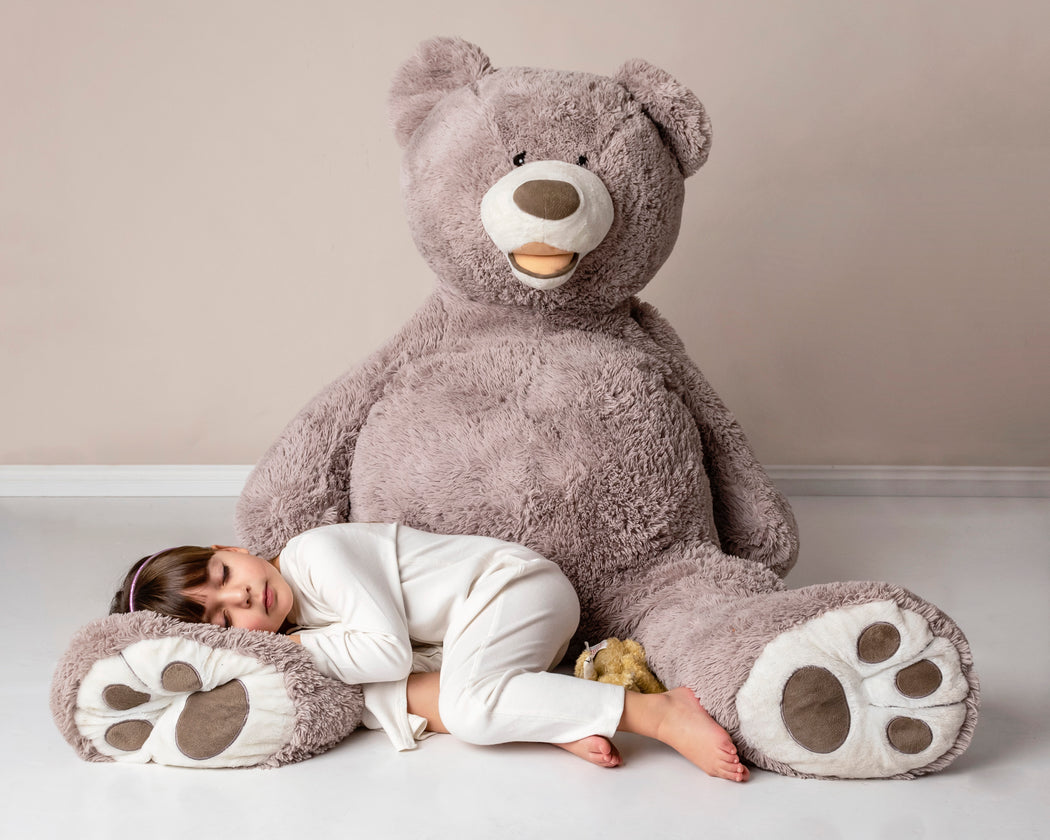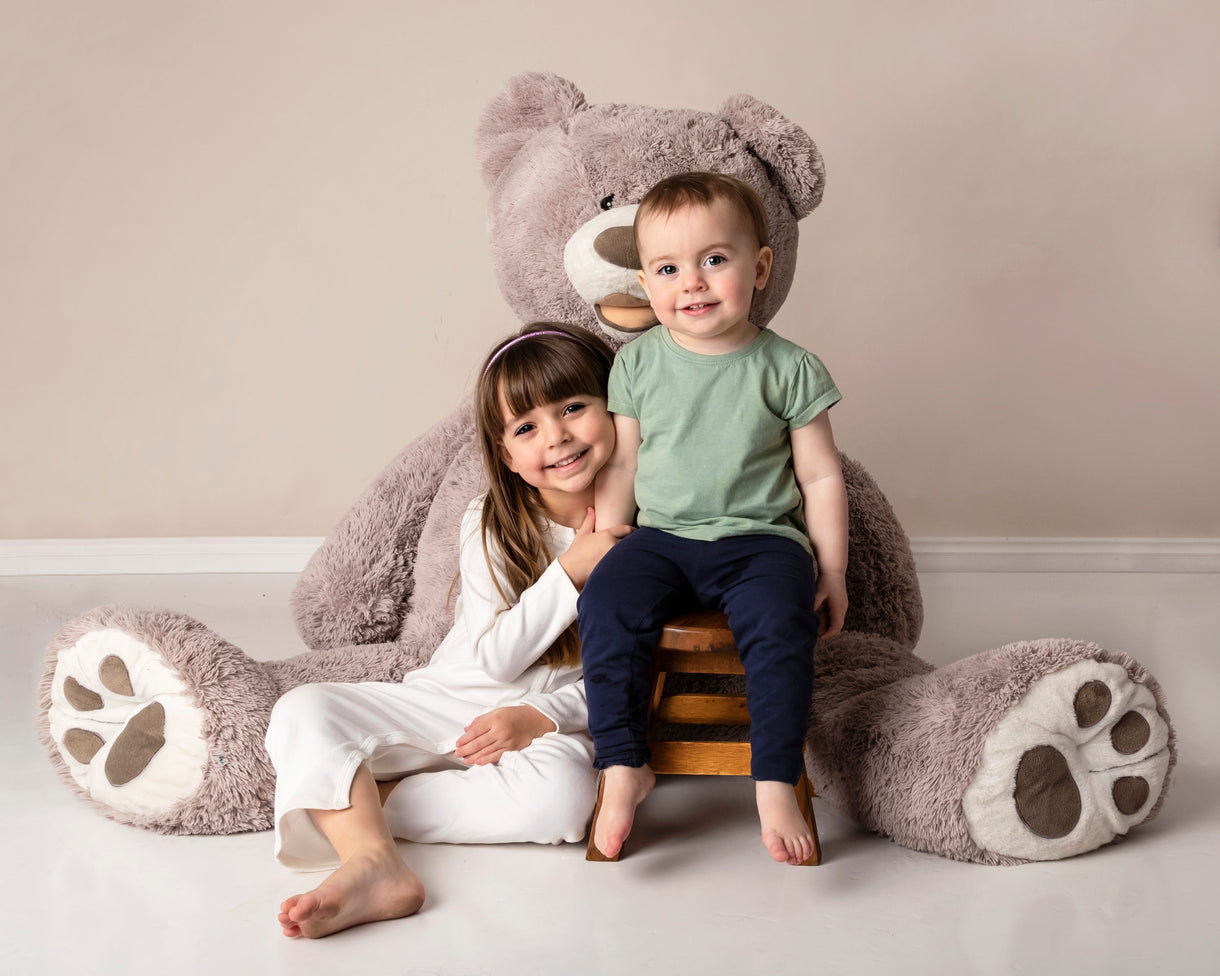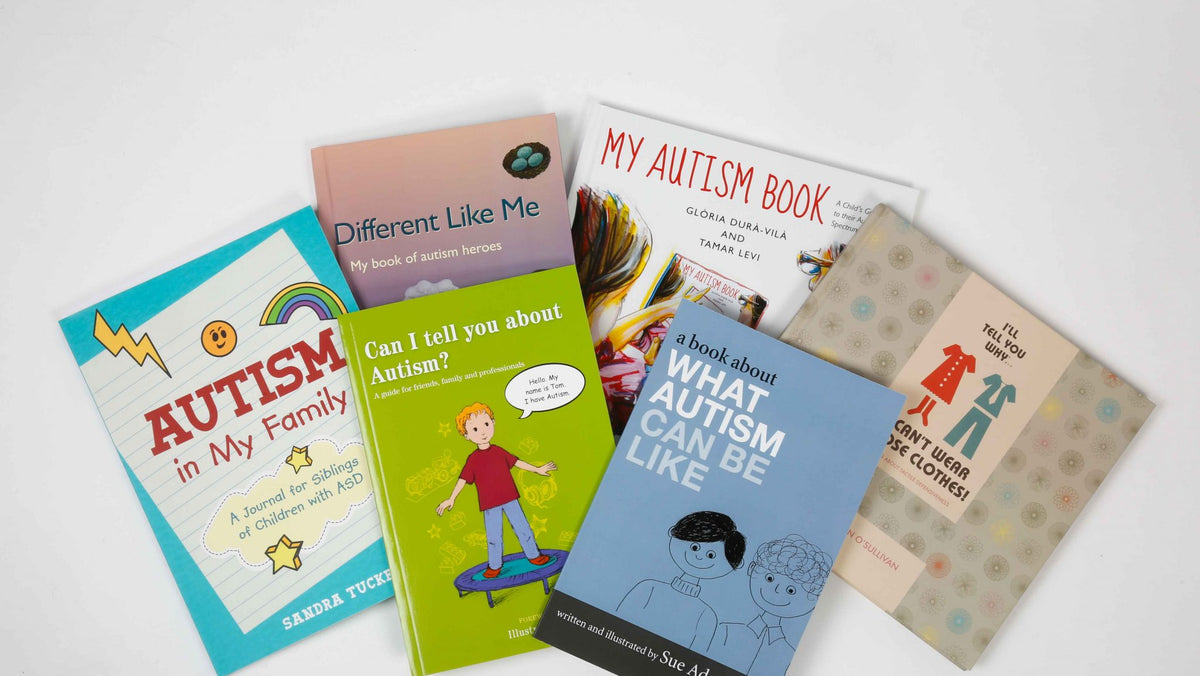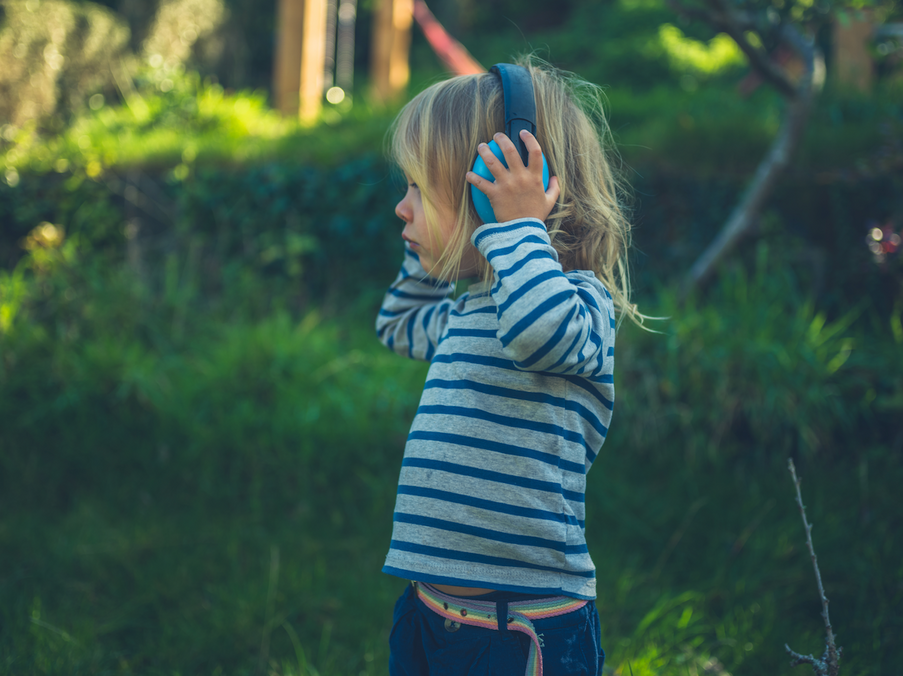8 Top Tips For Helping Your Autistic Child Sleep Better

8 Top Tips For Helping Your Autistic Child Sleep Better
For most people, getting the recommended amount of sleep per night is no challenge and the occasional late night rarely has a long-term impact. However, for autistic children and their parents, bedtimes can be difficult and can put a strain on the health and wellbeing of the whole household.
Studies have shown that approximately 80% of autistic children experience sleeping troubles for a number of reasons such as abnormalities in their melatonin levels, inability to understand social cues and sensory processing issues.
When autistic children get insufficient sleep, they can experience behavioural difficulty, including aggression, lack of concentration and hyperactivity which can negatively impact their time at home, school and social situations.
Whilst your child may have sleeping issues, it’s vital that you are still able to get a good night’s sleep. If you are coping with ongoing sleep deprivation and it’s causing health implications, it is recommended that you speak to your partner to share the responsibility of managing bedtimes or seek medical advice from your GP.
What can you do to improve your child’s sleep?
Whilst every child with autism is different, here are a few top tips that may help alleviate some of the pressure at night time:
1. Follow a regular sleep schedule
Autistic children thrive on routines and for them, being able to predict what’s coming is especially helpful and can make them feel less anxious when it comes to winding down.
A consistent sleep schedule will also help train the body’s circadian rhythm which plays an important role in influencing our ability to sleep.
Some practical ways of implementing schedules is setting an alarm on either your or your child’s device using a fun jingle which will act as a friendly reminder to start winding down for the day.
2. Have a bedtime routine
To coincide with a regular sleep schedule, a consistent and ordered night time routine provides children with a step-by-step plan to follow. You may choose to order your evening by having dinner, removing your child’s exposure to bright lights from TV screens or devices, brushing teeth and then getting into bed and reading a bedtime story.
For parents with autistic children, it can be useful to create a visual timetable using pictures and stickers of important information throughout the week that might influence the normal bedtime routine.
By doing this, the child will feel in control and better prepared for any disruptions to their regular routine.
3. Dress in comfortable clothing
Comfort is key for children at bedtime so ensuring they are wearing breathable clothing can make all the difference. Breathable clothing is the ability of a fabric to absorb moisture and release it through the material itself.
Buying breathable fabric for your child can be beneficial as it can prevent your child from overheating which could trigger them to become frustrated and disrupt their sleep. The Adaptive Clothing UK Sleepwear vest made from 100% cotton is perfect for parents looking for a lightweight yet secure fit for their child.
Another comfortable bedtime outfit is the Adaptive Clothing UK SEN Onesie, made with the needs of autistic children in mind. Made with 100% cotton it's soft material, this clothing item is soft and gentle allowing your child to sleep in comfort during the night making it the perfect addition to your child’s wardrobe.
Parents and children can both enjoy the sensation of the ‘most comfortable socks on the planet’ when they try the City of Cloud socks. These unique socks are made with a blend of bamboo and cotton that help keep feet odour at bay and let feet breathe due to the bamboo fibre’s natural antibacterial element.
Available in a range of vibrant colours such as ‘Electric Pink’ and ‘Tangerine Sundown’, everyone can join in the fun and help make bedtime an enjoyable experience.
4. Use sleep tools
Thanks to modern technology, companies have come up with innovative products to help those with disorders such as anxiety and autism to relieve triggers.
Try out weighted blankets which are proven to trigger the release of neurotransmitters like serotonin and dopamine that induce a calming effect and aids sleep.
5. Creating the right environment
When it comes to putting your child to bed, it is particularly important that they are in a dimly lit environment to make sure the body releases the important sleep signals and hormones such as melatonin which plays an important role in getting your child to fall asleep easily.
Things to make sure you have to create the perfect environment are buying a night light for their nightstand to create an ambient and soft hue which can be turned off after you read them a bedtime story and having black out curtains to prevent light entering the room in the early evenings and mornings during summertime.
6. Remove sensory triggers in the bedroom
Autistic people can have sensory differences which can make it harder for them to relax and fall asleep. Ensuring the bedroom environment is free from potential triggers will help contribute to an easier bedtime routine.
If your child struggles with noise, using Ear Defenders can block out unwanted sounds. With sensory triggers in mind, this SEN Mickey Mouse Onesie design is made with tear away tags specifically designed to be as inclusive as possible. In a fun Mickey Mouse pattern, the 100% cotton jersey is a must have bedtime clothing item.
7. Having a cuddly companion
Getting your child a cuddly toy that they can hold onto such as the Worry Yummy can be perfect for easing anxiety and giving them a companion to fall asleep with.
The Worry Eaters are an innovative solution recommended by psychologists and teachers to ease children’s anxieties and worries.
The comforting bedtime toys act as a ‘waste bin’ for your child’s worries as they draw their troubles on a piece of paper and feed them into the zipped mouth of their Worry Eater.
8. Diet
Before bedtime, it is recommended that you limit your child’s intake of sugary foods and fizzy drinks as this acts as a brain stimulant which makes it more difficult for the brain to wind down and relax before bed.
Visit your GP or contact a dietitian for more advice on how you can tailor your child’s diet.
Some calming bedtime snacks to incorporate into your child’s diet include white rice, a glass of milk and a portion of kiwi fruit which all contain various nutrients that help the production of melatonin and tryptophan, an amino acid that helps send you to sleep.
9. Medications
In some cases, having the perfect bedtime routine and implementing sleep strategies aren’t enough and you may have to seek advice from your GP who can prescribe medications that artificially produce hormones to induce sleep.
An example of this is synthetic melatonin which is the hormone that lets our body know it’s time to sleep.
For more information, please seek advice from your GP or healthcare provider.
Originally wrote By Meta Auden of Spectra Sensory




